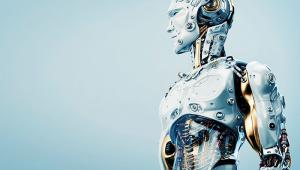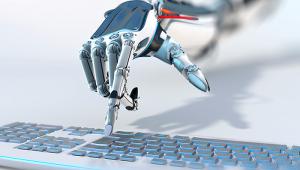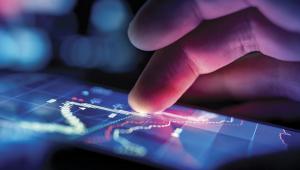In the space of less than a month, coronavirus has spread from a small number of cases in China to being declared a global emergency by the World Health Organization. It has now infected tens of thousands of people, killed thousands and spread to 27 countries. A key focus is on predicting where it will spread next to help governments and healthcare officials decide how best to allocate limited resources.
This could include increasing healthcare staffing in high-risk areas and gearing up supply chains to ensure adequate supplies of protective clothing. Knowing where and when it might break out is a key to saving lives, and is probably the next best thing to having a proven vaccine. What part could technology play in fighting what could become a world epidemic?
A small Canadian company claims to have been one of the first to spot the emergence of the virus. It uses artificial intelligence, natural-language processing and machine learning techniques to sift through more than 100,000 news reports, official sources and online forums every day in 65 languages, looking for news on about 150 infectious diseases and then sending alerts to clients. The company’s systems first picked up an article in Chinese about a ‘pneumonia of unknown cause’ with 27 cases at the end of December 2019. It was then later able to use air travel data to predict those cities at highest risk, such as Tokyo, Hong Kong, Seoul and Taipei, when the virus started to spread.
Predictive analytics and scenario modelling can also be used to predict further spreading of the virus and levels of risk. Hospitals, for example, could plan for the impact of an outbreak on their operations, maybe choosing to reschedule or relocate regular surgery. The initial experience in China seemed to be that hospitals were suddenly overwhelmed by thousands of sick people; the healthcare systems couldn’t cope, and people with other ailments could not be treated. The Chinese were able to commit quickly to building new hospitals, which became operational in just days or weeks – but not many healthcare systems have the capacity to react this quickly.
This type of predictive analysis can be applied to data from hospitals, airports and other public locations to predict disease spread and risk. But it can also use what are called sentinel sources, such as social media, to identify potential cases before they are confirmed. By data-mining online chatter, such as comments about feeling unwell and searches for advice on symptoms, it is possible to produce predictive health maps that give earlier indications of the onset of particular illnesses. It has also been proposed that in future this could include scraping internet-connected devices like smart watches to detect people with elevated temperatures or spot unusual TV binge-watching.
We would also hope that AI, analytics and machine learning will be able to help organisations learn from events such as the SARS epidemic of 2003, as well as quickly creating new knowledge from the millions of data points being generated in this outbreak.
As the likelihood of a global coronavirus pandemic increases, let’s hope that governments and public health officials are open to using and experimenting with these increasingly powerful tools, which were not available to previous generations.




















